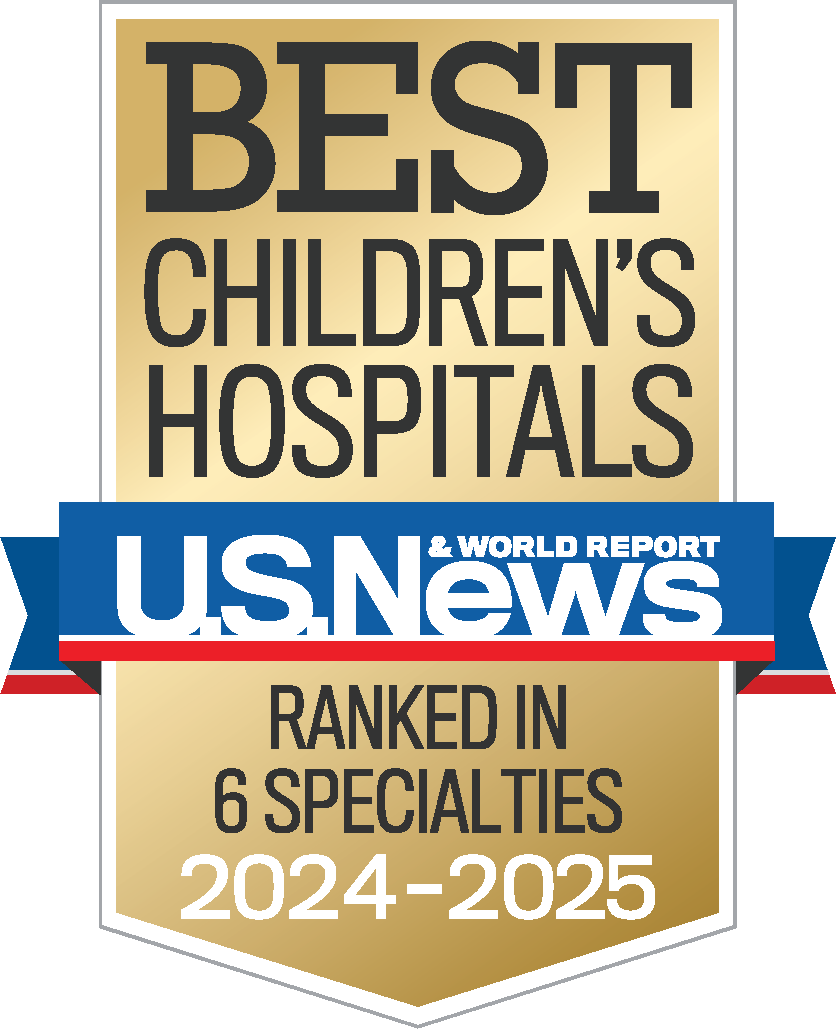Family Resources
Forms
Common Terms Used
- Bacterial Overgrowth: also known as small bowel bacterial overgrowth (SBBO). A temporary condition where bacteria that normally live in the large intestine move into the small intestine. This can cause diarrhea, bloating, pain, poor tolerance to feeding and other symptoms.
- Central line: also known as a central venous line (CVL). This is a type of IV line that is inserted into a large vein near the heart in order to safely administer IV nutrition. Examples include Broviac catheters and PICC lines.
- Central line associated bloodstream infection (CLABSI): this is when a patient who has a central line develops an infection with bacteria. It requires a hospital stay and treatment with IV antibiotics.
- Cholestasis: this is when bile (a substance made by the liver) does not flow out of the liver as quickly as it should. This can be caused by lack of feeding, medications and other conditions of the liver.
- Dumping: this is when ingested food, by mouth or by feeding tube, travels too quickly out of the stomach and into the intestine. It can lead to low sugar levels, vomiting, weakness and abdominal discomfort.
- Digestive System: http://kidshealth.org/ChildrensAlabama/en/Teens/digestive-system.html?ref=s2af.
- Enteral autonomy: this is the ability to be independent of parenteral nutrition for calorie and volume needs. It is the ultimate goal of the intestinal rehabilitation program to help every child achieve enteral autonomy.
- Gastrostomy tube (G tube): a feeding tube that is placed directly into the stomach. It is most often used to deliver nutrition but can be used for medications and for venting the stomach as needed.
- Gastrojejunostomy tube (GJ tube): a feeding tube that is placed directly into the stomach but has an additional part that extends past the stomach into the small intestine. This tube is used for children that are unable to be fed directly into the stomach.
- Intestinal Failure (IF): when there is not enough intestinal length or function to absorb the necessary calories and volume for growth and hydration. Children with intestinal failure are dependent fully or partially on parenteral nutrition. Short bowel syndrome is the most common cause of intestinal failure.
- Lipids: this is a general term for fat that is nutritionally important and delivered through a central line
- Omegaven: type of lipid that is used for infants who develop cholestasis. It is delivered through a central line.
- Parental Nutrition: the delivery of nutrients and volume through a central line. All infants and children with intestinal failure are on some degree of parenteral nutrition, which can be total parenteral nutrition (TPN) or partial.
- Short Bowel Syndrome (SBS): a condition that results after portions of the small and/or large intestine has been removed surgically or lost from various conditions. This leaves a child dependent on parenteral nutrition and is the most common cause of intestinal failure. The most common causes of SBS are gastroschisis and necrotizing enterocolitis.
- SMOF lipid: type of lipid that is delivered through a central line. It is the lipid of choice for long term nutritional needs in a child with intestinal failure.
Links to other websites
- Oley Foundation: oley.org
- ASPEN: nutritioncare.org
- NEC Society: necsociety.org
- Avery’s Angels Gastroschisis Foundation: www.averysangels.org




